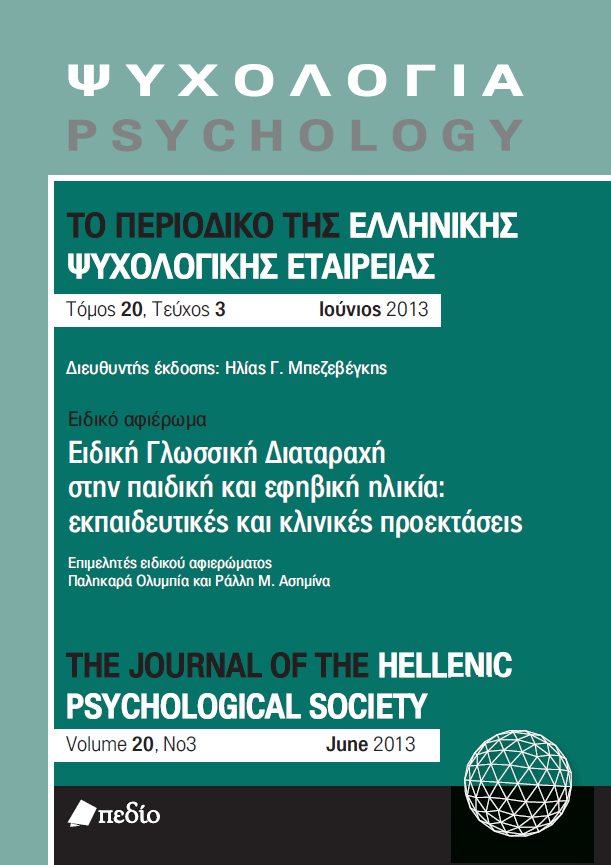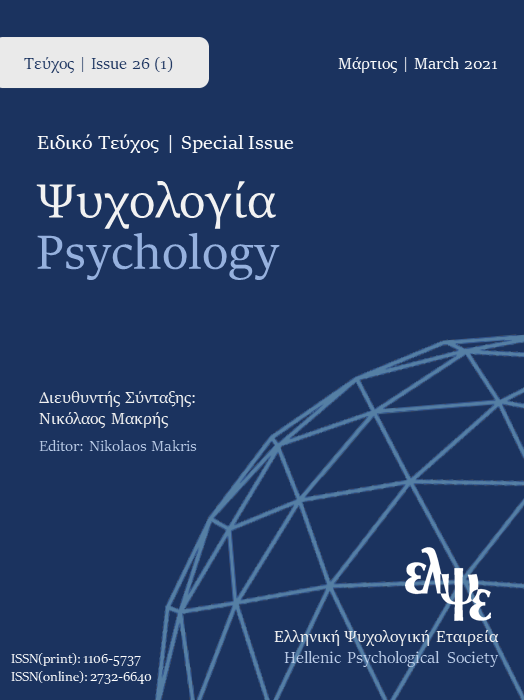Investigating the relationship between Specific Language Impairment and Dyslexia: Τheoretical and clinical implications

Abstract
In this study, we tested the predictions of two opposing perspectives on the nature of the deficit in Specific Language Impairment (SLI): the language delay approach, and the view that the language development of SLI children is qualitatively different from typically developing children populations. Data consisted of the elicited production of pronominal object clitics from monolingual and bilingual SLI children with various language pairs (Greek always being the children’s second language); younger, typically developing, bilingual language peers, and monolingual Greek-speaking comparison groups. We analyzed the children’s accurate responses and error-types in clitic production. Both SLI groups had more difficulty with clitics in comparison to typically-developing, chronological age-matched peers, while SLI children performed similarly with their younger, unaffected monolingual and bilingual peers. We argue that these findings provide support to the language delay approach and present challenges to the role of bilingualism in SLI.
Article Details
- How to Cite
-
Ράλλη Α. Μ., & Παληκαρά Ο. (2013). Investigating the relationship between Specific Language Impairment and Dyslexia: Τheoretical and clinical implications. Psychology: The Journal of the Hellenic Psychological Society, 20(3), 358–380. https://doi.org/10.12681/psy_hps.23546
- Issue
- Vol. 20 No. 3 (2013)
- Section
- SPECIAL SECTION

This work is licensed under a Creative Commons Attribution-ShareAlike 4.0 International License.
The journal PSYCHOLOGY adopts a Platinum open-access policy. Submission, processing or publication costs are waived by the Hellenic Psychological Society. Papers published in the journal PSYCHOLOGY are licensed under a 'Creative Commons Attribution-ShareAlike 4.0 International' licence. The authors reserve the copyright of their work and grant the journal the right of its first publication. Third-party licensees are allowed to use the published paper immediately after publication as they wish, provided they retain the defined by the license copyright formalities, regarding the reference to its author(s) and its initial publication in the journal PSYCHOLOGY. Moreover, any adjusted work should be shared under the same reuse rights, so with the same CC license.




